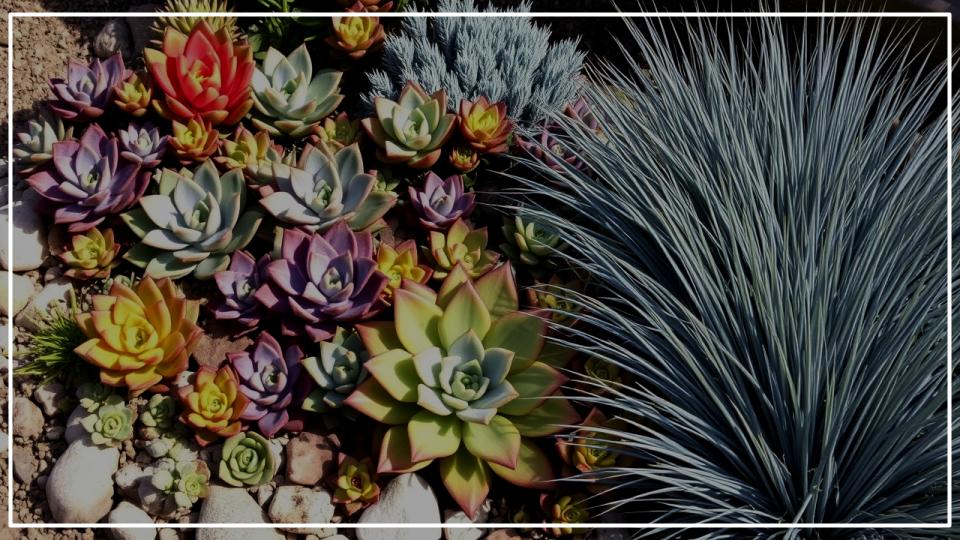
Succulents, with their sculptural forms and jewel-toned hues, are stunning on their own. They create dramatic, low-water displays in pots and garden beds that are both modern and timeless. But the secret to a truly breathtaking succulent garden lies in the art of companionship. Introducing the right companion plants for succulents elevates your design from a simple collection to a cohesive, living tapestry. These thoughtful pairings create layers of texture, color, and form that make your garden feel complete and professionally designed.
This guide will walk you through 11 perfect partners for your succulents, transforming your space into an effortlessly elegant and sustainable landscape.
Key Takeaways for Perfect Pairings
Short on time? Here’s what you need to know to successfully pair plants with your succulents:
- Shared Needs are Non-Negotiable: The golden rule is to choose plants that thrive in the same conditions: full sun, low water, and well-draining soil.
- Contrast is Key: Pair the bold, solid forms of succulents with soft, airy, or fine-textured companions for the most dynamic visual appeal.
- Think in Layers: Use a mix of heights and shapes—tall “thrillers,” mounding “fillers,” and cascading “spillers”—to create a lush, multi-dimensional look.
- Give Them Space: Account for the mature size of each plant to avoid overcrowding, which can lead to poor air circulation and pest issues.
Why Thoughtful Pairings Matter: The Art of Succulent Companionship
Pairing plants is about more than just what looks good; it’s about creating a harmonious and healthy micro-ecosystem. The best companion plants for succulents are those that won’t compete for resources or create unfavorable conditions. Because succulents store water in their leaves and stems to survive arid conditions, their greatest enemy is “wet feet” from overly moist soil, which leads to root rot.
That’s why the first and most important consideration is a shared love for a dry environment. In my own garden, the most common mistake I see new gardeners make is falling in love with a thirsty flower and planting it next to a beautiful Echeveria. The result is always the same: one plant is desperately parched, or the other is tragically drowned. By choosing fellow drought-tolerant plants, you ensure every member of your garden ensemble can thrive with the same care routine.
Beyond these practicalities, good companionship is a masterclass in design. Succulents offer bold structure; their companions can introduce softness, movement, and a different kind of color, creating a garden that is truly captivating.
Our Top 11 Companion Plants for Succulents
These tried-and-true plants are celebrated by horticulturists for their ability to thrive alongside succulents while providing stunning contrast and beauty.
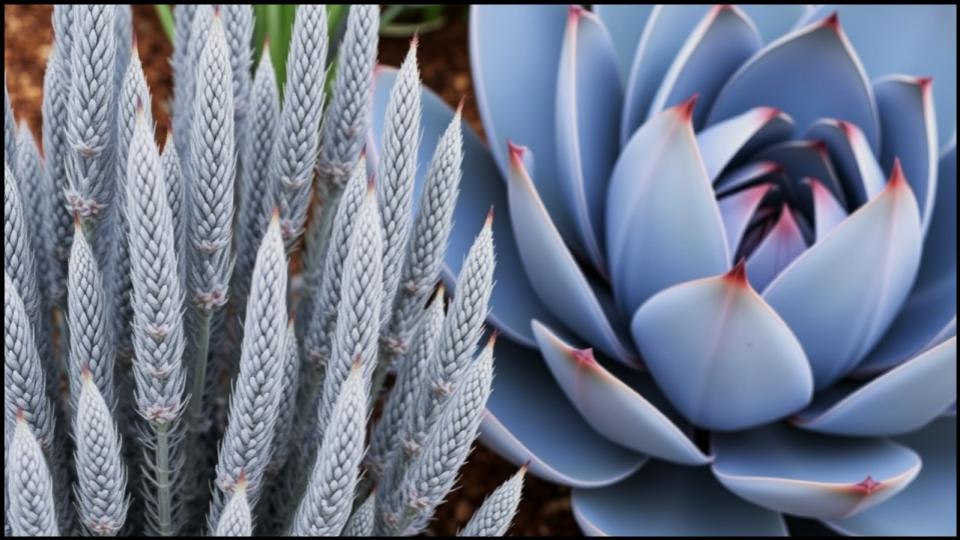
1. Lavender (Lavandula)
This Mediterranean native is a classic for a reason. Its silvery-green foliage and fragrant purple wands offer a soft, hazy contrast to the rigid shapes of most succulents. Lavender loves full sun and hates wet soil, making it a perfect hydro-homie for your succulent collection. I love using the ‘Munstead’ or ‘Hidcote’ varieties for their compact size and deep color.
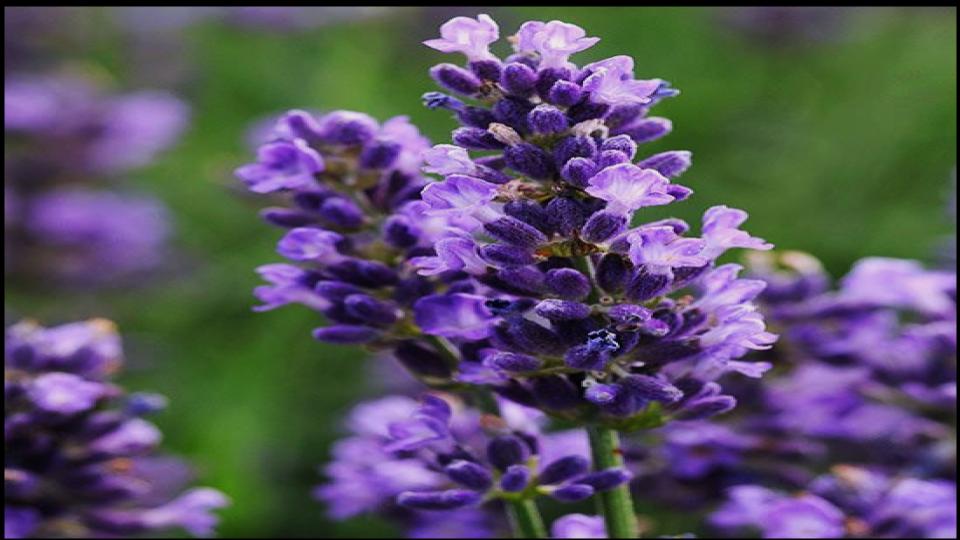
2. Blue Fescue (Festuca glauca)
For a striking color and texture combination, nothing beats the icy blue, porcupine-like tufts of Blue Fescue. This ornamental grass provides a fine, airy texture that beautifully offsets the chunky leaves of Sedum or Graptopetalum. According to the University of Minnesota Extension, proper drainage is key for both succulents and grasses like fescue, ensuring they don’t succumb to rot.
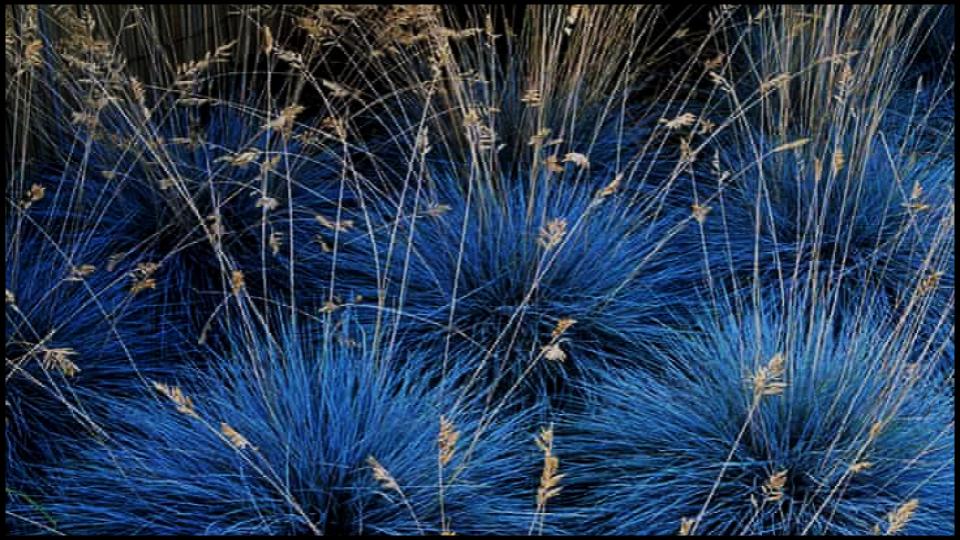
3. Yarrow (Achillea millefolium)
Yarrow’s flat-topped flower clusters, available in colors from sunny yellow to pastel pink, look like delicate landing pads scattered among succulent rosettes. Its fern-like foliage provides a soft, feathery texture. As a plant that thrives on neglect and in poor, dry soil, it’s an ideal and colorful neighbor.
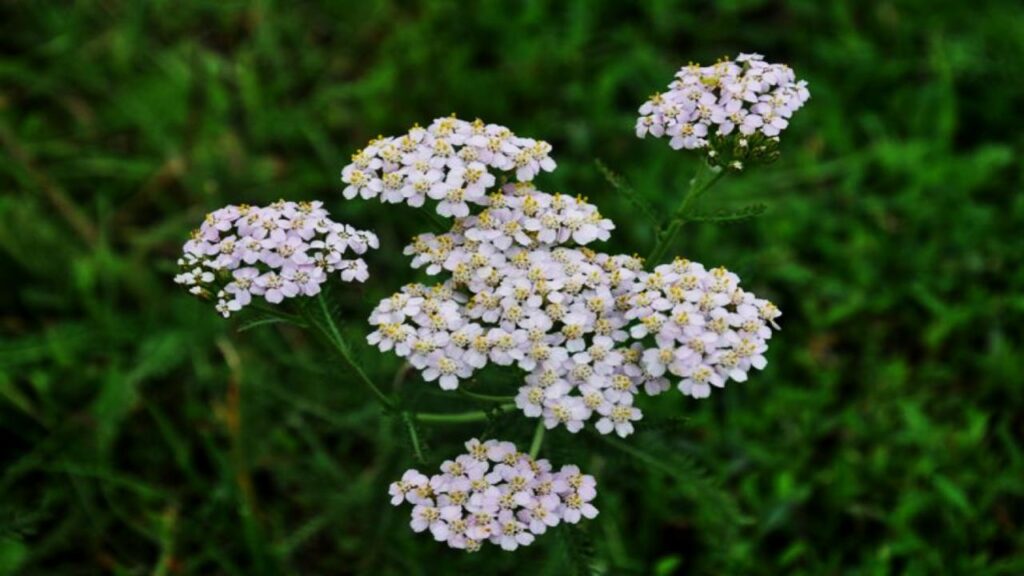
4. Creeping Thyme (Thymus serpyllum)
This tough, fragrant herb is one of the best rock garden plants to use as a living mulch. It forms a dense, low-growing mat that helps suppress weeds and soften the edges of pathways or containers, all while requiring very little water. It’s the perfect “spiller” for a container arrangement, cascading gently over the sides.
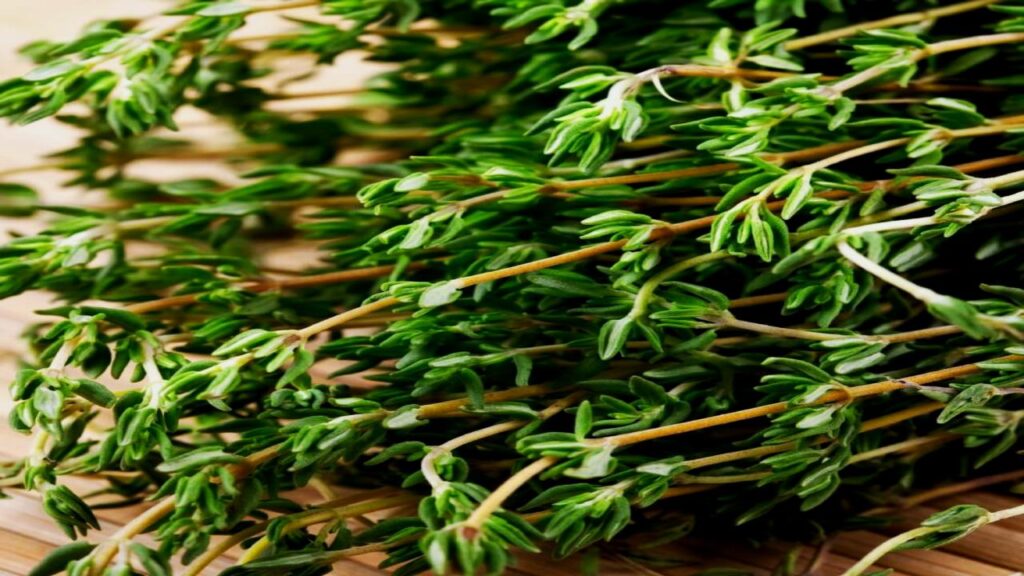
5. Upright Stonecrop (Hylotelephium spectabile, formerly Sedum)
While many low-growing sedums are succulents themselves, the taller, upright varieties like the beloved ‘Autumn Joy’ act as magnificent companions. Their large, broccoli-like flower heads emerge in late summer and add a completely different scale and form to the garden, bridging the gap between succulents and more traditional perennials.
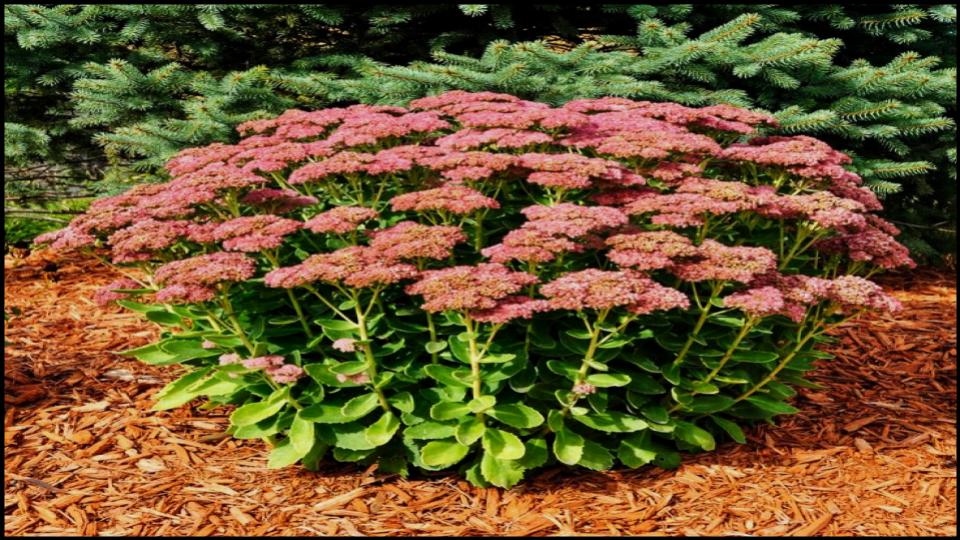
6. Rosemary (Salvia rosmarinus)
With its woody structure and needle-like leaves, rosemary adds height, fragrance, and an evergreen presence. A trailing variety like ‘Prostratus’ can spill over a wall or container edge, while an upright form provides a sturdy backdrop for lower-growing succulents. It’s a culinary and aesthetic win-win.
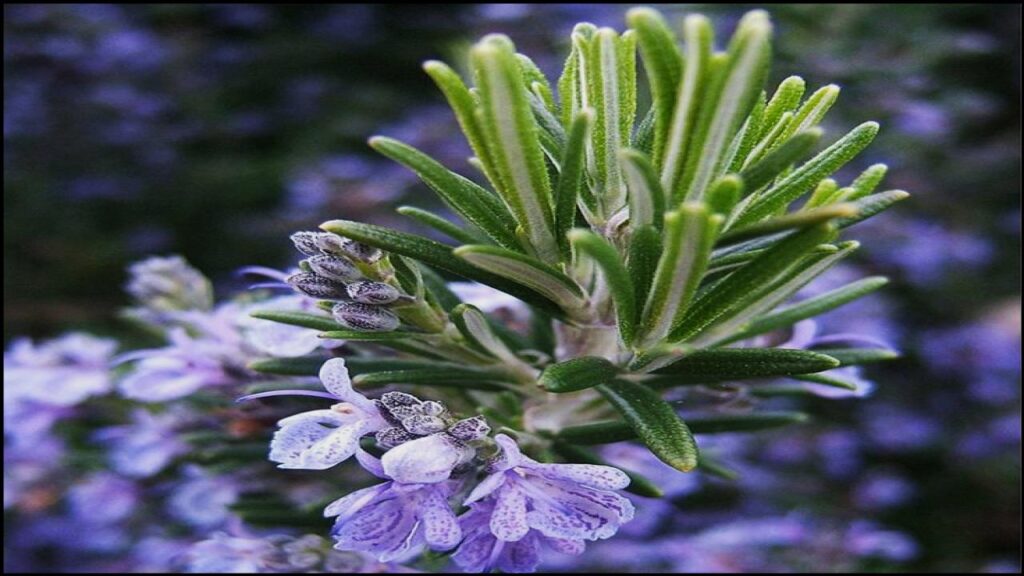
7. Rock Purslane (Calandrinia grandiflora)
If you crave vibrant, long-lasting flowers, look no further. Rock Purslane sends up tall, wiry stems topped with brilliant magenta-pink, poppy-like flowers that seem to float above the foliage. Its blue-green leaves have a slightly succulent quality, helping it blend in while its flowers stand out.
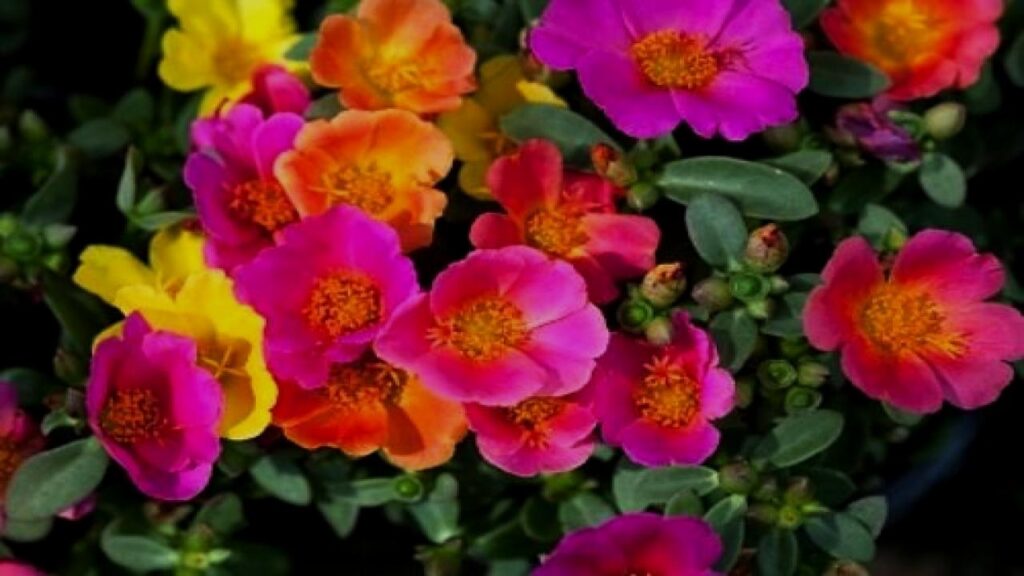
8. Ice Plant (Delosperma cooperi)
Don’t let the name fool you; this plant loves heat. A South African native, Ice Plant is a vigorous groundcover that produces a dazzling carpet of shimmering, daisy-like flowers in shades of purple, pink, and yellow. It’s incredibly drought-tolerant and perfect for cascading down a sunny slope or the side of a tall pot.
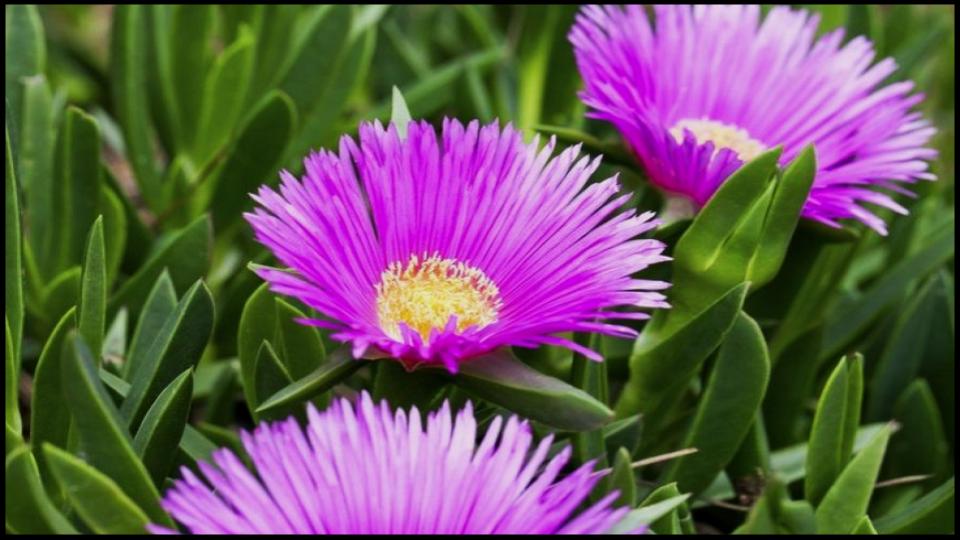
9. Agastache (Hummingbird Mint)
For adding an airy, vertical element, Agastache is superb. Its spikes of tubular flowers in shades of orange, pink, and purple are irresistible to hummingbirds and add a sense of movement to the garden. It loves the sun and dry conditions that succulents demand. In my experience, its delicate appearance belies its incredible toughness.
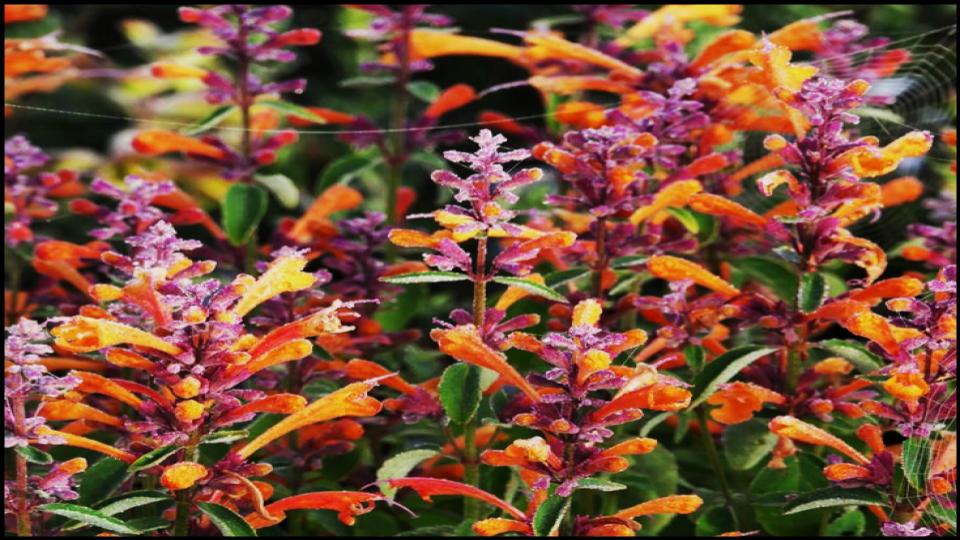
10. Euphorbia (Euphorbia species)
The Euphorbia genus is vast, with many species being succulents themselves. Varieties like Euphorbia characias ‘Wulfenii’ offer dramatic, chartreuse flower bracts and a shrub-like form that provides wonderful structure. Their architectural presence makes them fantastic partners for bold agaves and aloes.
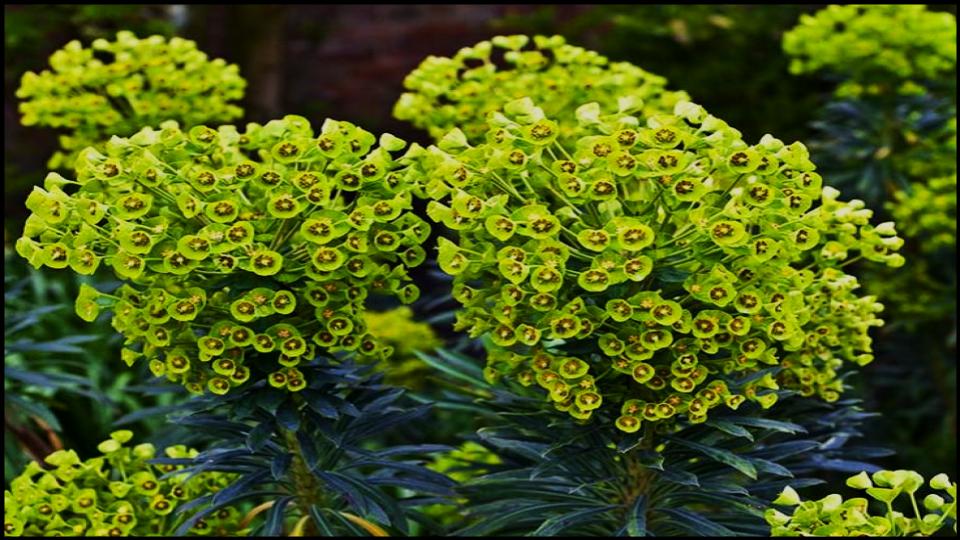
11. Red Valerian (Centranthus ruber)
This cottage garden favorite is surprisingly at home in a dry garden. With its clusters of fragrant, star-shaped flowers in pink, red, or white, Red Valerian offers a long season of bloom and a soft, informal look. It self-seeds readily but is easy to manage, filling in gaps with color.
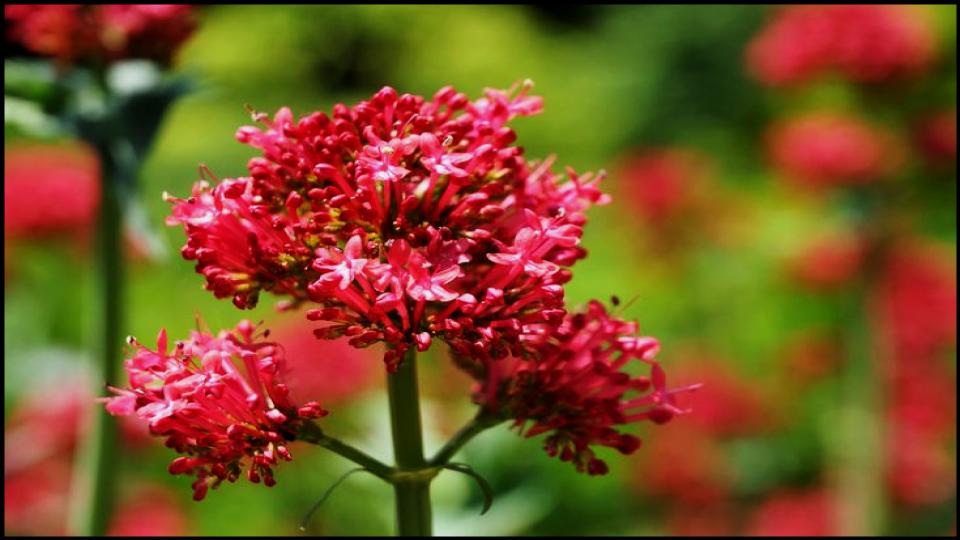
Designing Your Dream Drought-Tolerant Display
Once you’ve chosen your plants, the real fun begins. Creating stunning succulent garden ideas is all about playing with contrast.
- Texture and Form: The golden rule of design is to contrast textures. Pair the smooth, waxy leaves of an Echeveria with the fine needles of Rosemary or the airy plumes of an ornamental grass. Use the “thriller, filler, spiller” technique, especially in containers, as advised by experts at Sunset Magazine. Place a tall, dramatic plant (thriller), surround it with mounding plants (fillers), and finish with plants that trail over the edge (spillers).
- A Symphony of Color: Don’t just stick to green. Play with the silvery-blues of Blue Fescue, the deep burgundies of certain sedums, and the bright chartreuse of euphorbias. Use the flower colors of your companion plants to pick up on subtle tones in your succulents’ leaves.
- Consider Scale: In a large garden bed, use bigger companions like Rosemary or a large Agastache to balance the scale of a statement Agave. In a small container, stick to more diminutive partners like Creeping Thyme or a small fescue.
A Garden That Lives in Harmony
Choosing the right companion plants for succulents is about creating a garden that is not only beautiful but also smart and sustainable. By pairing plants with similar needs, you design a landscape that works together, reducing your workload and conserving water. You get to move beyond simple plant collections and become the conductor of a beautiful garden symphony.
So, the next time you’re at the nursery, look beyond the succulent table. The perfect partner for your favorite agave might just be waiting in the perennial or herb section. Now you’re ready to experiment with textures, colors, and forms to create a truly inspiring and resilient garden.
Read More
The Secret to Overwintering Geraniums Revealed—So They Explode with Color Next Season
